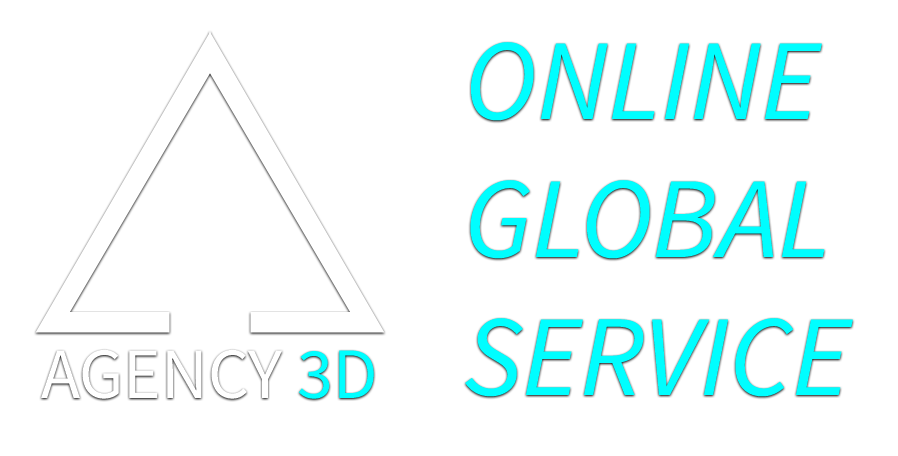The camera angle plays a crucial role in rendering. It can shape the impossible. Architecture photography also need some unrealistic distortion angle to expose the hidden relation between space and some specific details. This is purely for function and communication.
Each view has different usage, some show the overall concept of the project, and others show the whole circulation which in the tangible world hard to visualize realistically. With these unrealistic perspective, architects can send the precise message to their own clients. You may not want to have the realistic angle one to represent the incomplete details. That is impractical, for us.
Above of all, we want to tell you that the art of 3D computer rendering is merely a tool of communication. It can deliver realistic and artistic feeling toward the clients. Or it can be just a tools to study the overall space, and that depends on how we use it.






